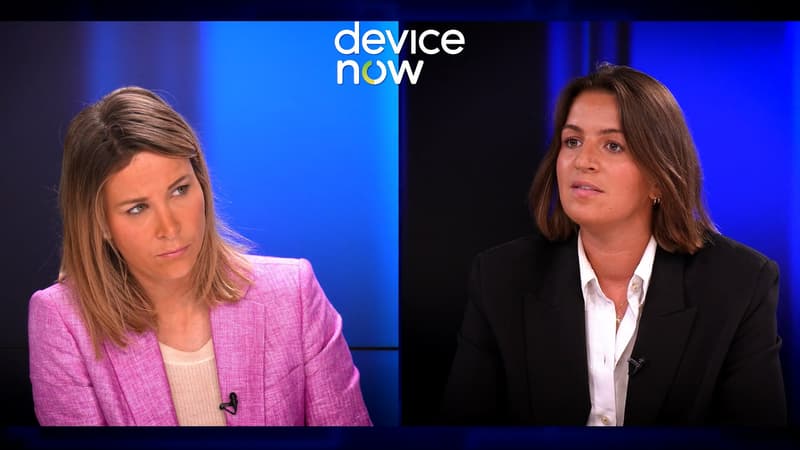Traditional logistics models seem to show their limits. Why do you think?
In fact, these models reveal several limits, especially before financial unpredictable and logistic logistics complexity. Companies face a multitude of suppliers, different fiscal rules, variable customs deadlines, as well as the inequality of service levels, according to the country. For example, an employee in Germany can receive his team in fifteen days, while in Asia, they will spend more than three weeks. Therefore, there is a lack of homogeneity within delivery times. The traditional model does not allow organizations to harmonize their logistics chains on a global scale.
Your company offers another model: the “device as a service”. What is it?
DAAS is a monthly subscription model for use that includes equipment supply and all associated services. It is a global solution that covers the entire life cycle of computer equipment. Instead of multiplying partners, companies only have an interlocutor that supports all stages, which downloads IT teams from chronophagas and repetitive tasks.
Specifically, what benefits do your customers observe?
Take the experience of the OBI company, a European specialist in DIY: store staff could receive their computer equipment faster, without going through large internal validations. We have implemented in many customers our platform called LifeCle, a unique standardized portal that unifies all tasks related to equipment management. This allows better terms control, cost reduction and improves employee productivity.
Another example: in Loh services, one of our first active customers in the manufacturing field, the IT team no longer has to manage the preparation and sending of computer equipment manually. This release of time is reinvested in missions with high added value, such as cybersecurity, innovation or the development of the work space. Therefore, the transition to Daas increases the general performance of the company.
Daas is often presented as a lasting model. How does Devicenow respond to sustainability challenges?
Daas is completely part of a logic of circular economy. The team recovers, reconditions and recycling. This process is in the heart of our profession. Therefore, we place 95 % of assets in the second -hand market.
What is your standard client and what are your intervention sectors?
In Devicenow, we work mainly with large companies, generally those with more than 1,000 users. In France, we collaborate mainly with the industry and automotive sectors. However, our ambition, as on a global scale, is to contact all sectors of activities such as the case in Germany, where our parent company is established. In this territory, our clients represent all sectors of the economy.
Are your figures to this ambition?
Yes, the DAAS is experiencing a dazzling growth. Since our creation in 2022, Devicenow has seen its billing multiplied by four, globally. Certainly, some companies are still reluctant, especially due to the past experiences with the lease, which only covered funds without downloading the IT teams from the operational heaviness. However, with the Daas model, all these tasks are outsourced without hidden costs, which generates financial gains and an increase in productivity, while allowing to focus on innovation.
What is Devicenow’s strategy in the French market?
Our strategy focuses on better visibility and strong growth in market share. Our goal is to become the leader of the DAA in France in five years.
BFM Business editorial staff did not participate in the realization of this content in association with Scribo. The consultation of this article is remarkably subject to the Scribo CGU.
Source: BFM TV


